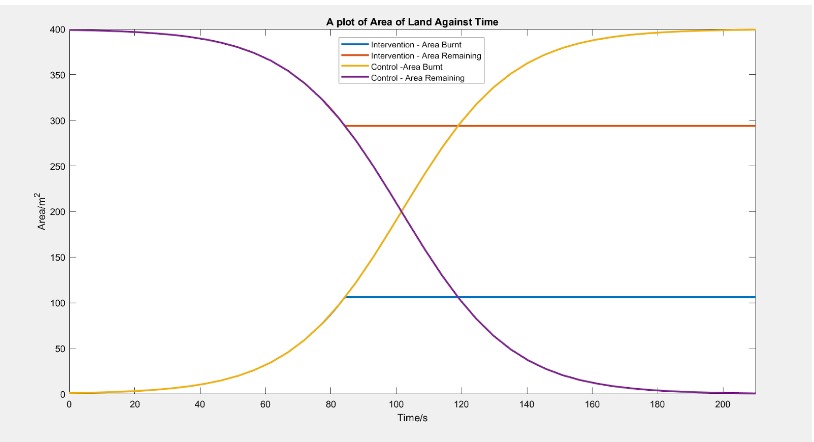Modelling the Spread of Bush Fires in Northern Ghana
Forests are precious resources for human beings and the earth. They can filter water, purify air, and nurture an environment rich in biodiversity. Unfortunately, forest fires have become one of the worst natural disasters. Every year, millions of hectares of forests and artificial infrastructures are destroyed by forest fires, and countless lives are threatened and injured. Forest fire prevention has become a global problem. In addition to monitoring methods, it is particularly important to establish prediction models and simulate the dynamic process of forest fire spread to make better decisions about forest fire prevention, control, and suppression.
In my project, I wanted to understand how wildfires spread in Northern Ghana, so I used math and computer simulations to figure it out. I based my model on existing ones, like Rothermel and McArthur's models, but I simplified things to make them easier to understand and apply.
I considered factors like wind speed and direction, moisture in the grasses, and the slope of the land. Then, I used equations to describe how these factors influence fire spread over time. I simulated different scenarios with MATLAB to see how the fire might behave in different conditions. This helps us make better decisions about preventing and controlling wildfires, a big problem in many parts of the world, including Ghana. Plus, my model is simple and easy to use, which makes it especially useful for areas where resources and expertise might be limited.
